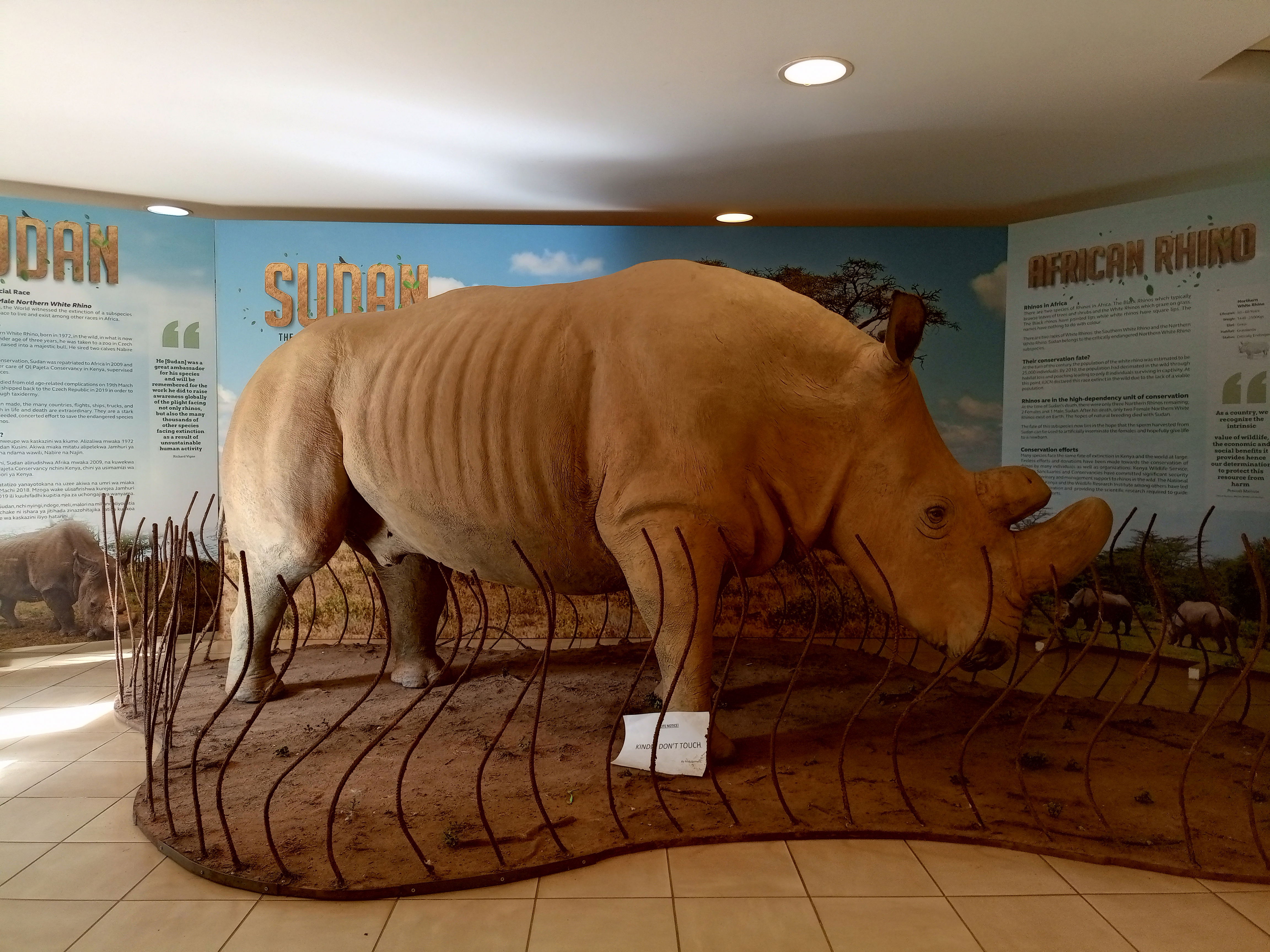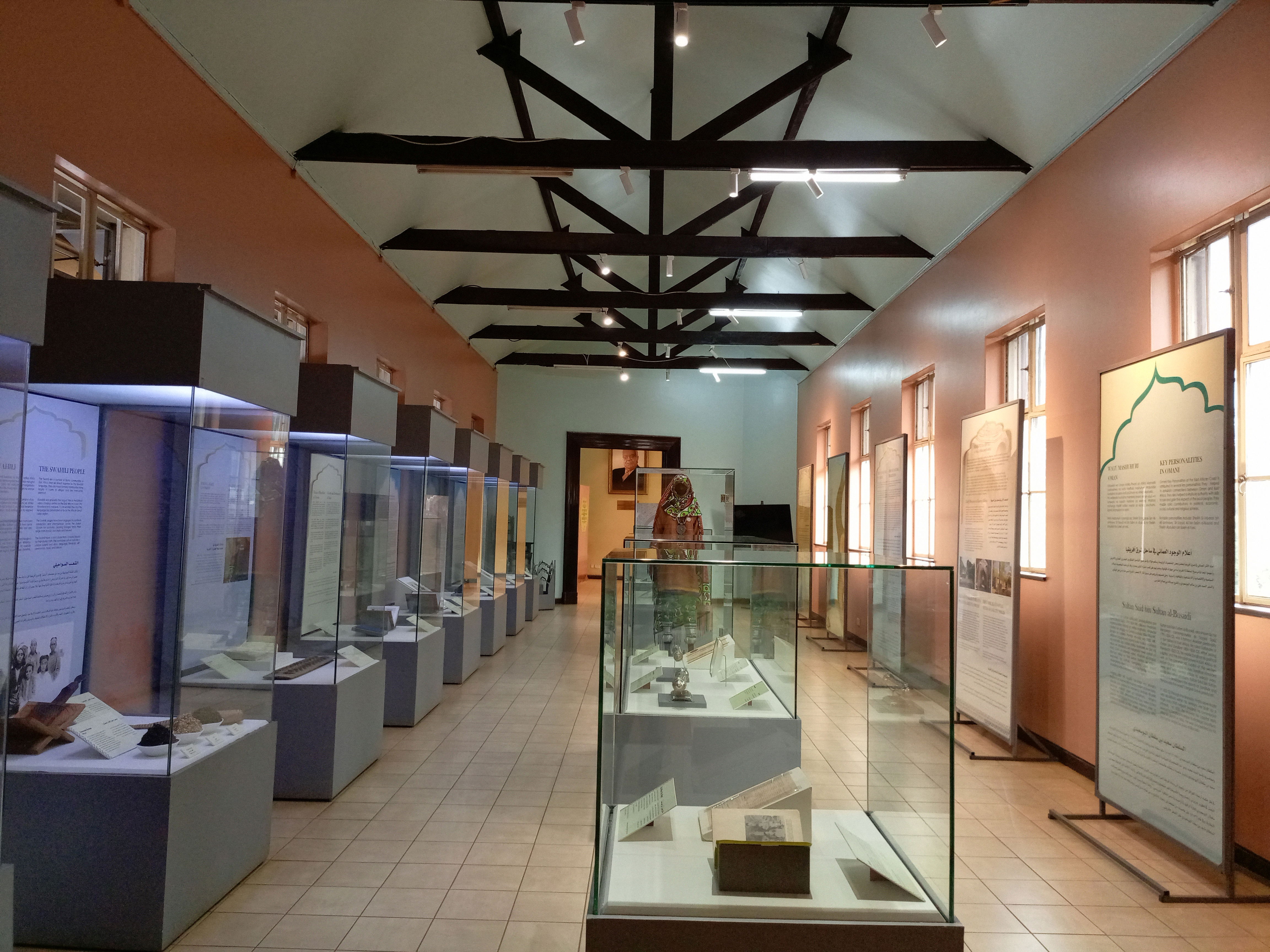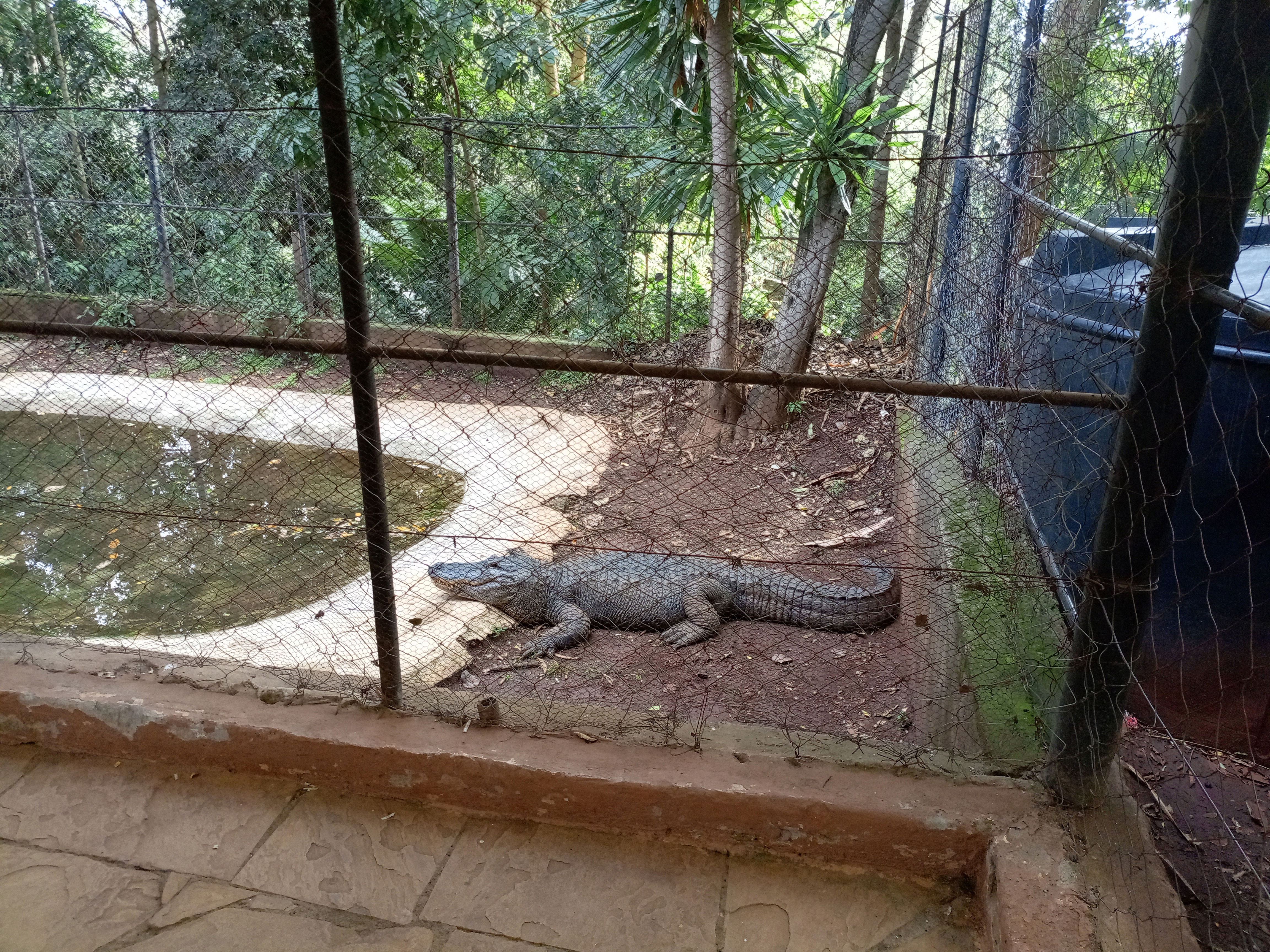The National Museum of Kenya Is an Oasis of Knowledge
On my way to Museum Hill, I tried to recall what I learned in the national museum during my first visit in 2003. Other than the caged snakes that scared the hell out of me, I didn't remember much. Yes, 20 years had flown by since I showed up for the first time.
Upon arrival, I paid entrance fees and sought the services of a knowledgeable tour guide, namely Daisy. Initially, the plan was to gather key information on the historical background of the people of Kenya. Nothing else. However, the possibility of spending 20 more years without dropping by inspired me to seize the opportunity and tour the whole facility. Eventually, I spent a significant amount of time studying wild animals.
When it comes to wildlife, Kenya stands out from the crowd. I started seeing animals the minute I exited the Jomo Kenyatta International Airport. It's amazing how Nairobians co-exist with creatures we usually associate with the jungle.

Wild animals, immortalized through taxidermy, adorn the interior of the musem
The interior of the museum is adorned with wild animals brought back to their feet through the process known as taxidermy. The motionless mounts warmed me up for the real encounter with animals at Nairobi National Park, but that's a story for another day.
While in the museum, I learned more about different species of mammals and birds found in Kenya. At the end of the tour, I walked out of the building ready for the much-anticipated game drive in the world's only national park found in the city.
The National Museum of Kenya is an oasis of knowledge in the realms of nature, history, culture and art. One step after another, I soaked up a ton of information. With Daisy's help, I was able to break it down into easily digestible pieces.

The motionless mounts, exhibited in the museum, warmed me up for the real encounter with wild animals a day later
When I walked into the Cradle of Humankind Gallery, the skulls and skeletons of our ancestors drove chills down my spine. Gazing at the remains of the Turkana Boy, I couldn't fathom how his life was 1.6 million years ago. His remains, excavated from the west bank of Lake Turkana, serve as evidence of our existence in the region since time immemorial.
In the Numismatic Exhibition hall, I got a knack for the history of banking and took a closer look at different currencies used since the introduction of the Maria Theresa coin in the early 1800s. In addition, I learned one or two things about the Indian Ocean trade, the influence of Arab traders and the establishment of city states along the coast of East Africa. At some point, I found myself dissecting the circumstances behind the Portuguese adventures, dating back to the 16th Century.
As the tour progressed, I looked into the Mombasa - Kampala railway project and examined factors behind the escalation of decolonization efforts in the aftermath of WWII. Furthermore, I found clarity on the existence of wealthy settlers of European descent in post-colonial Kenya. The construction of the railway led to the creation of a community of Indian immigrants and the emergence of trading centers along the route. The ensuing demographic trajectory contributed to the diversity and social stratification that characterize a modern Kenyan society.

The National Museum of Kenya is an oasis of knowledge
Kenya's road to independence was not a walk in the park. What transpired during the Mau Mau struggle is a testament to the brutality African freedom fighters had to endure to put an end to colonial occupation.
Madaraka (internal self-governance) was achieved on June 1, 1961. The former British colony gained uhuru (independence) on December 12, 1963. However, it took another year before independent Kenya became a Jamhuri (republic).
Like it was the case during my first visit to this fountain of knowledge, I capped the tour with a stroll around the botanical garden and the snake park found on the premises. This time round, I saw crocodiles too. Hopefully, those scary reptiles won't be the only things I will remember two decades down the line.

This time round, I saw crocodiles too.